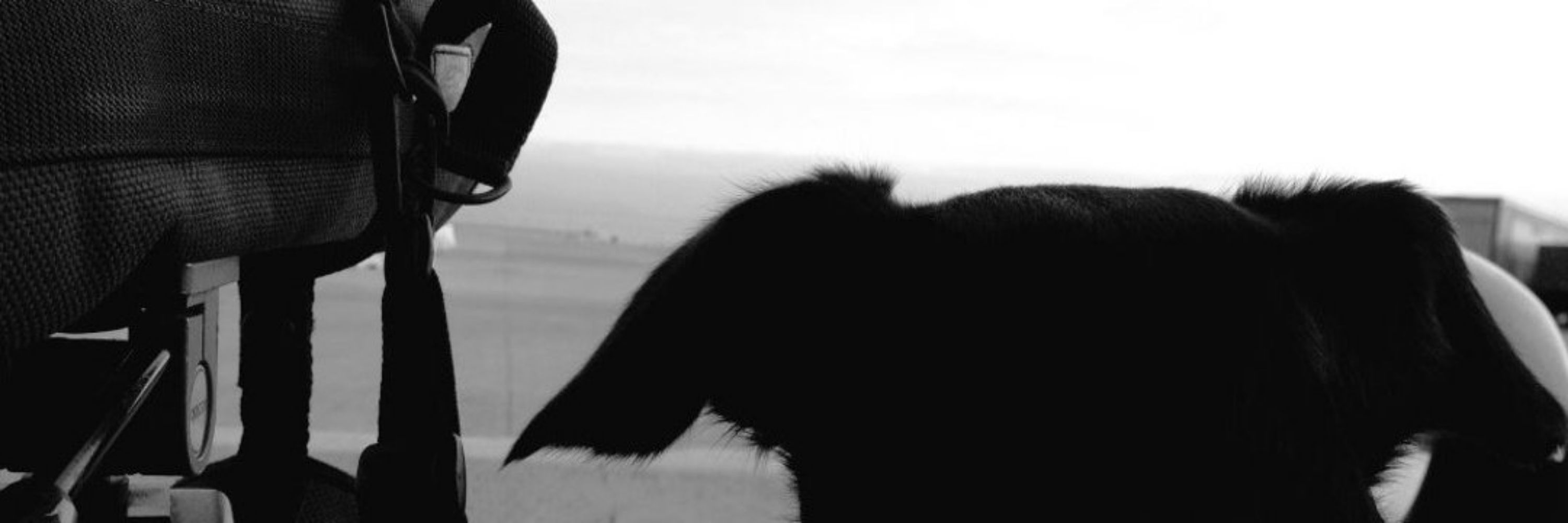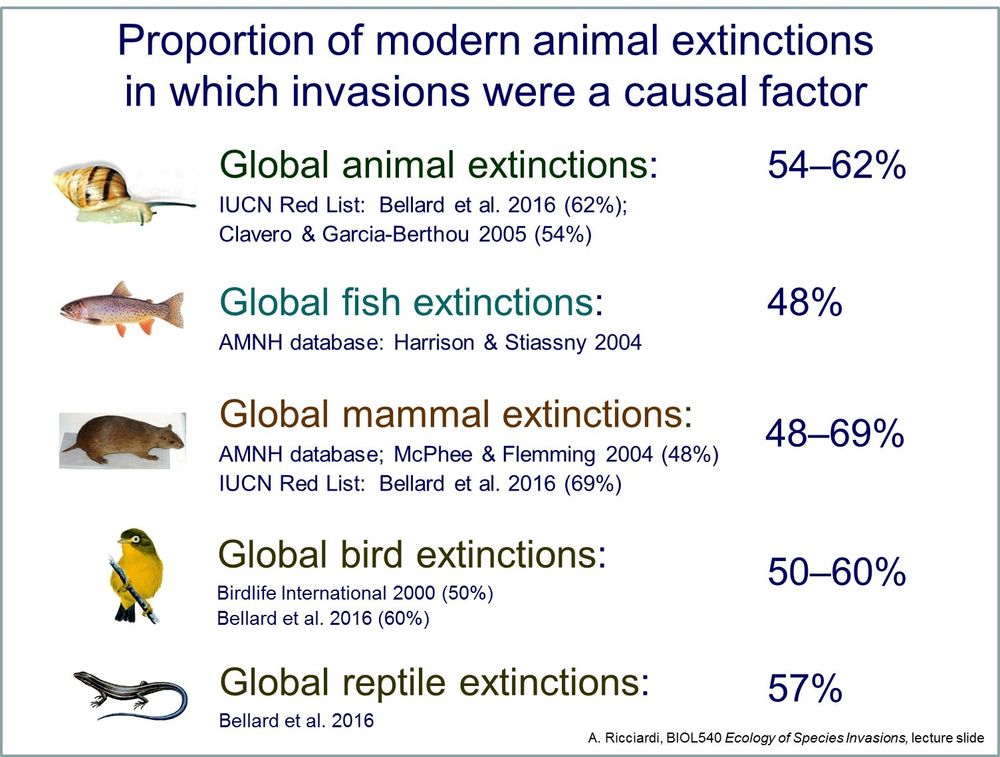Miguel McMinn
@mmcminn.bsky.social
1.1K followers
1.1K following
580 posts
Biologist living in Mallorca 🪶✈️
[email protected]
Posts
Media
Videos
Starter Packs
Pinned
Reposted by Miguel McMinn
Reposted by Miguel McMinn
Reposted by Miguel McMinn
Reposted by Miguel McMinn
Reposted by Miguel McMinn
Reposted by Miguel McMinn
Reposted by Miguel McMinn
Reposted by Miguel McMinn
Reposted by Miguel McMinn
Reposted by Miguel McMinn
Reposted by Miguel McMinn
Reposted by Miguel McMinn
Reposted by Miguel McMinn
Reposted by Miguel McMinn
Reposted by Miguel McMinn
Reposted by Miguel McMinn
Reposted by Miguel McMinn
Reposted by Miguel McMinn























